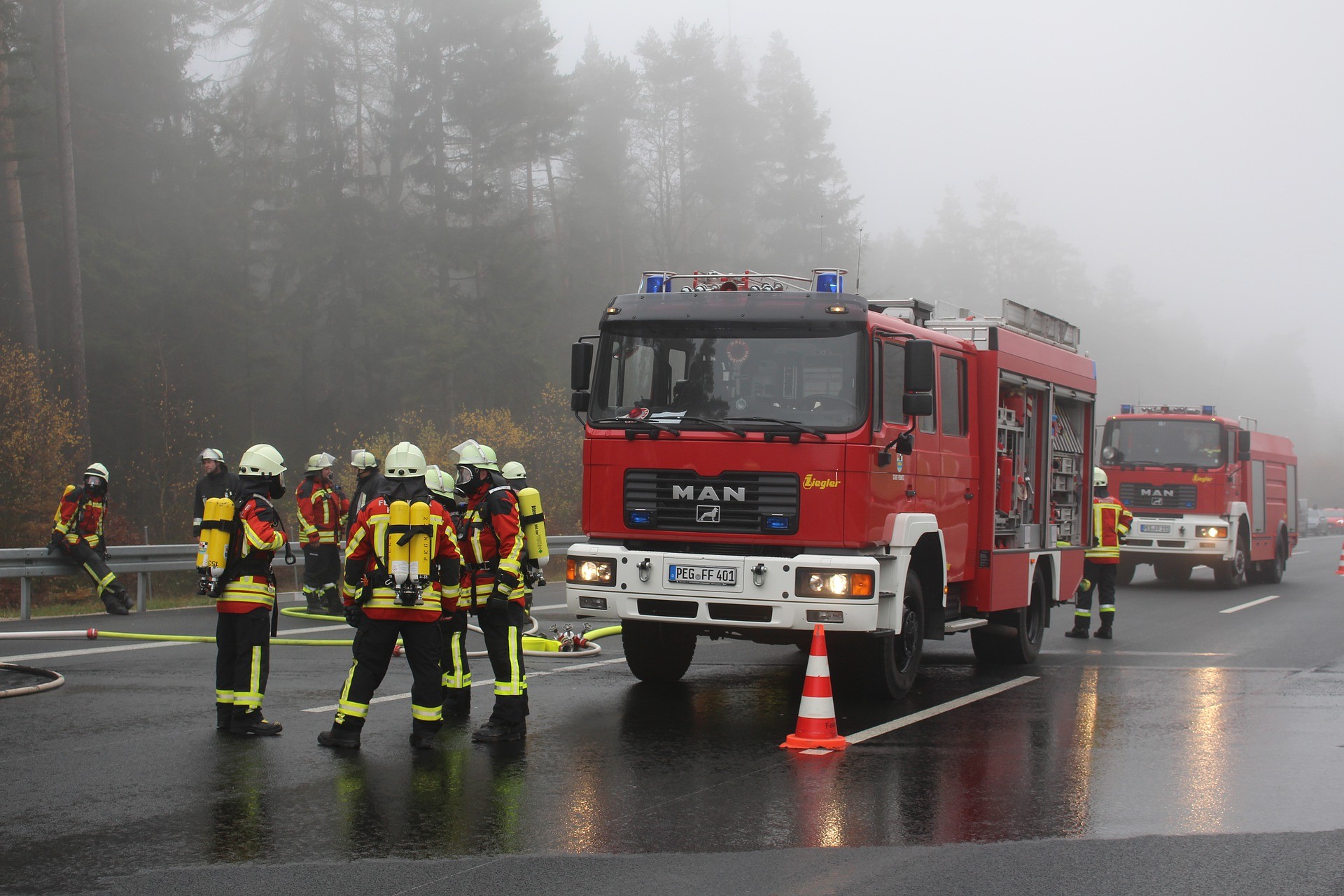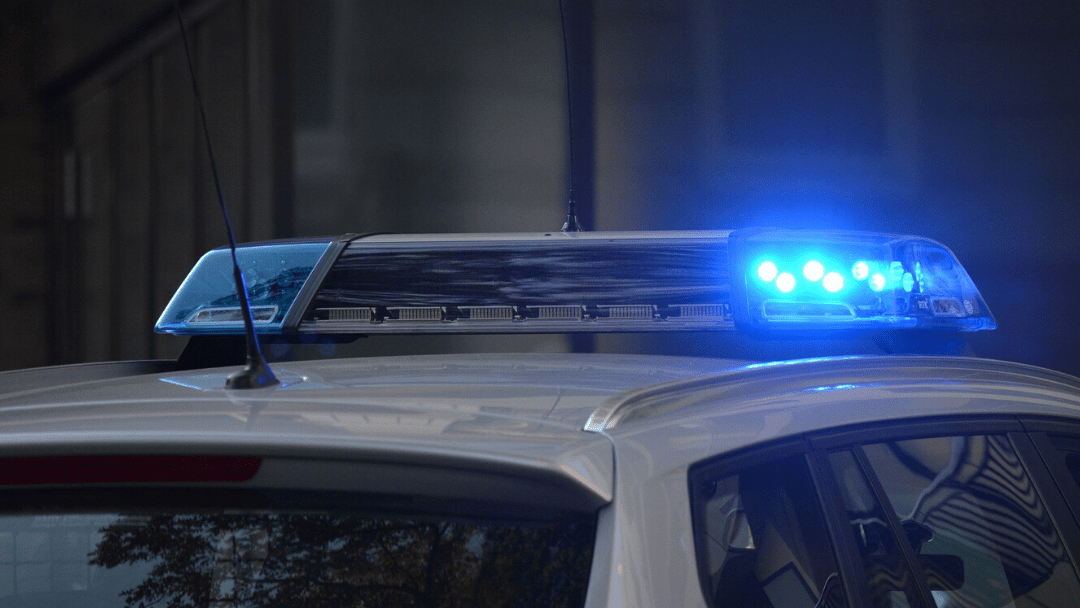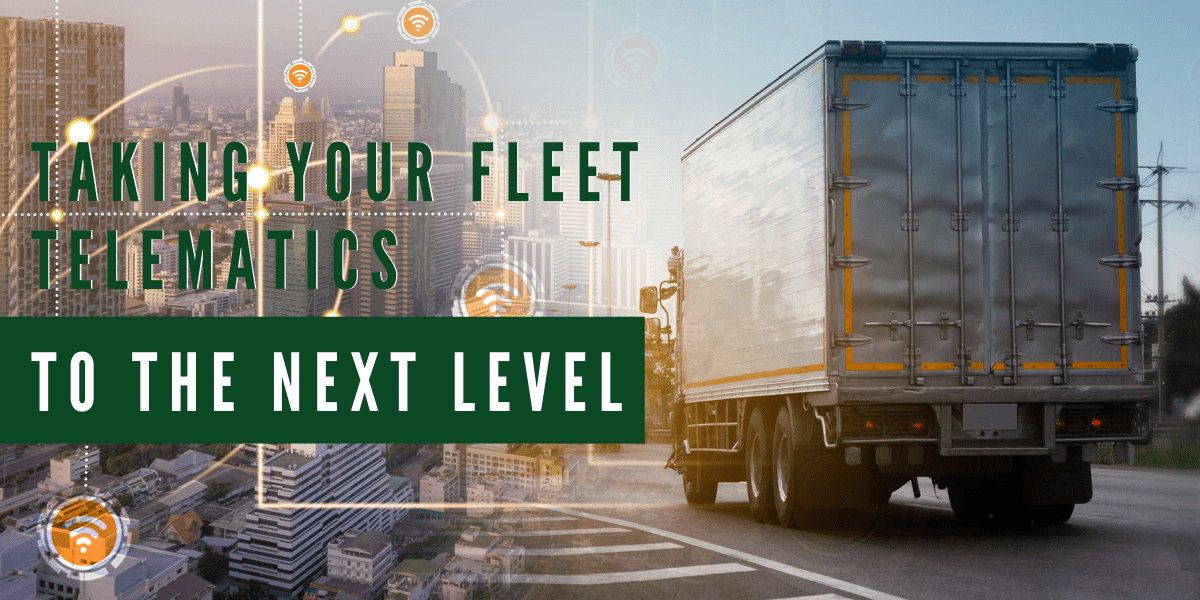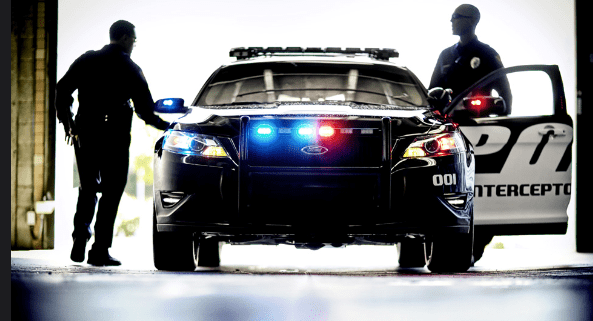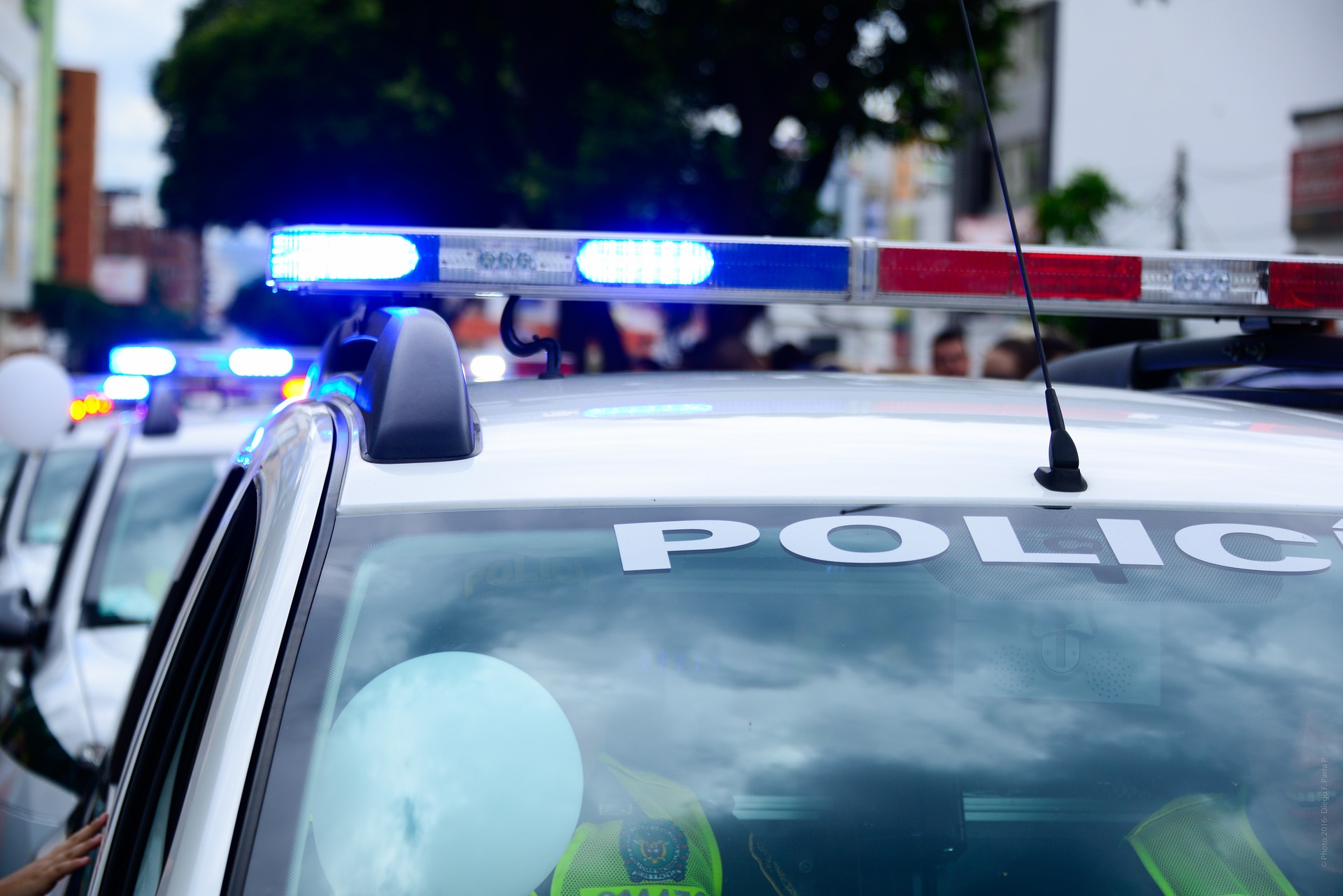Local government and public works agencies rely heavily on datasets to improve their operations, satisfy their constituents and plan their community more effectively. What typically remains top of mind for most government agencies is the safety and satisfaction of their citizens. To this end, telematics can help achieve these goals by providing visibility into the inner workings of their services and fleets, creating a partnership with the public rather than an autocracy.
From vehicle tracking to functionality, telematics can have a positive impact on government operations. For example, a winter maintenance fleet manager can have specific data at his fingertips, including when plowing occurred and when, and even how much salt is left in a vehicle. The right telematics solution will help save costs, improve safety and overall operational efficiency, and help fleet managers monitor the status of services while tracking their assets on a single platform. Here’s how telematics can improve your government operations.
Single sign-on
Not all government vehicles are plows and spreaders, which is why it’s important to be able to manage all assets within your organization through one system. Managing your entire fleet through one platform reduces training, reinforces information and highlights inefficiencies.
A centralized, cloud-based “single source of truth” allows you to track assets in real-time while managing their maintenance and controlling costs. Telematics can automate your processes and eliminate hours of manual data processing, giving you more time to focus on decision-making, training and efficient operations.
Automate and manage your assets
Government organizations provide essential services and critical infrastructure that support the daily activities of residents and businesses. In addition they are responsible for maintaining service level agreements, infrastructure planning, policy and ensuring the best use and deployment of expenditures and assets.
Because government fleet managers and leaders typically oversee a diversity of vehicles and assets (usually in the form of unique GPS tracking), an integrated telematics solution would offer full visibility into the operational data of all government vehicle types on a single platform, providing the tools to maintain compliance and road safety while reducing costs.
When you increase your fleet’s capabilities, you can measure material usage and ensure equal delivery of services within the community. Ultimately, these datasets lead to lower costs and a reduced environmental impact.
Asset health
Whether seasonal or otherwise, repairing infrastructure and conducting road work is tough on vehicles and assets. Telematics allow you to monitor asset performance to ensure you get the most out of them. When you track asset utilization, such as average daily mileage and service history, you can increase their lifespan and improve your bottom line.
The right telematics solution will compile both historical and real-time data usage so you can proactively decide how best to maintain and use your assets. From forecasting future repairs to predicting vehicle replacement, the fleet reports offered from telematics data give valuable insights into performance and maintenance, giving you a holistic overview of your fleet’s health.
Increase productivity
The unfortunate truth about many government operations is the tendency towards using old management methods, such as spreadsheets, that offer little to no insight into asset usage. When you don’t know the health of your fleet, you can’t prepare for potential work, which can lead to unplanned downtime and reduced efficiency. It is essential to have an automated telematics management system that can track and manage your fleet in real-time so you can maintain productivity.
Manage public perception
In the end, government fleets answer to the governed. Give your community access to visibility and help fight false claims with historical reporting and analytics. Provide proof of vehicle location and services rendered; show your constituents how to track vehicles themselves with a public map they can easily access and maneuver. Transparency can foster a positive relationship with the public and improve overall satisfaction.
Use telematics to turn your fleet data into insights and action. Support your key government business drivers, including asset management, compliance, accountability, and efficiency. Contact your GoFleet specialist for your special offer, and schedule a demonstration today.

